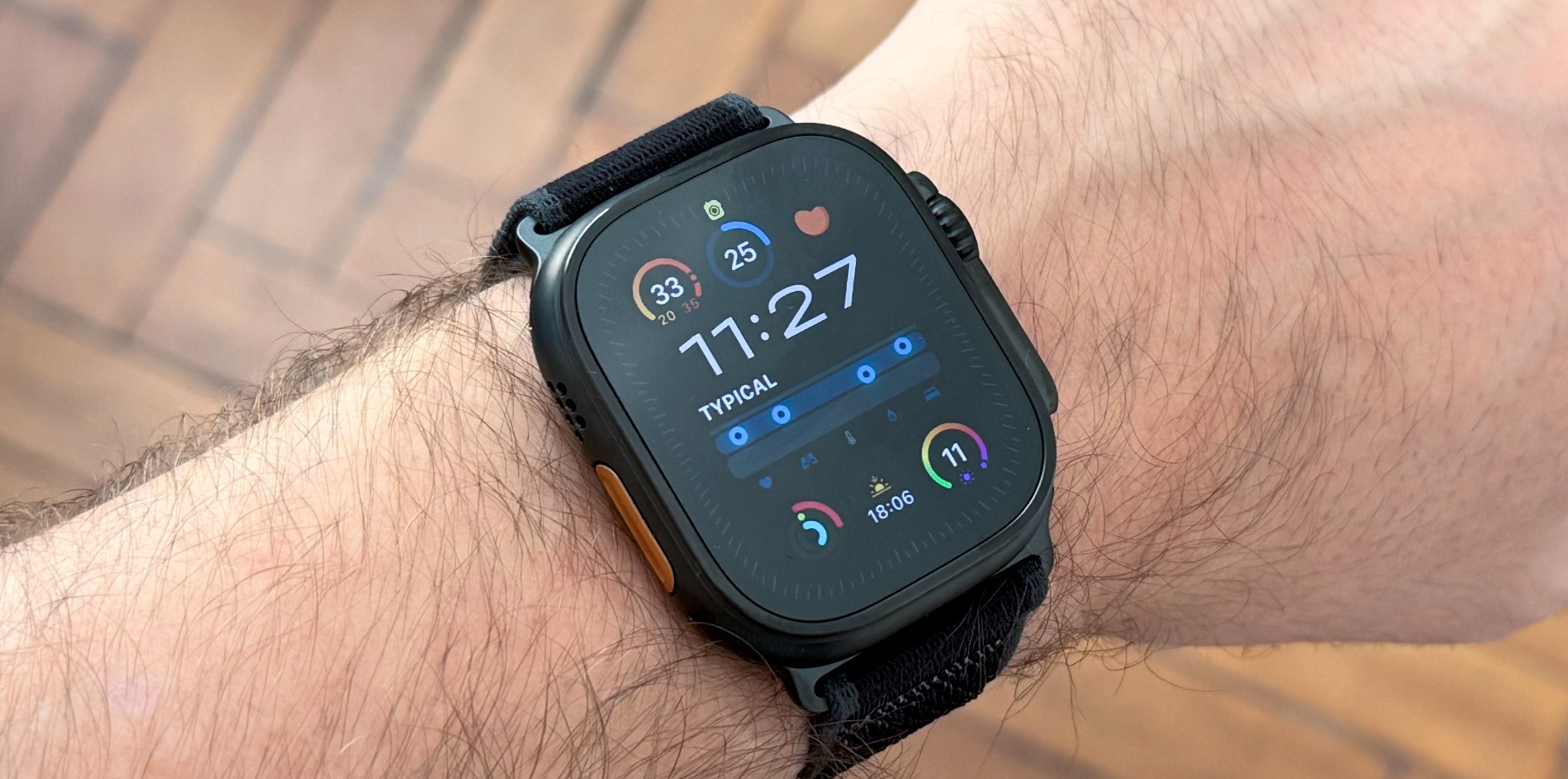After a month of beta testing, Apple is finally releasing watchOS 11.1 to Apple Watch users. This marks the first major update of the watchOS 11 cycle. It was unclear what Apple was adding to the system during most of the beta period. However, late in the development, the company added sleep apnea detection for the newest Apple Watch models.
This feature has been announced during the iPhone 16 event. Apple explained during the keynote that sleep apnea is a potentially serious condition where breathing stops repeatedly during sleep. “The condition, which is estimated to impact more than 1 billion people worldwide, goes undiagnosed in most cases. If left untreated, sleep apnea can have important consequences on health, including an increased risk of hypertension, Type 2 diabetes, and cardiac issues.”
To detect sleep apnea, Apple Watch uses the accelerometer to monitor small movements at the wrist that are associated with interruptions in normal respiratory patterns, tracked by a new Apple Watch metric called Breathing Disturbances.
While some of these disturbances are normal, they are important to track as they can be used to help understand restfulness of sleep and, when occurring frequently over multiple nights, may be associated with sleep apnea. Users can view their nightly Breathing Disturbances in the Health app, where they are classified as elevated or not elevated and can be viewed over a one-month, six-month, or one-year period.
Besides that, Apple Watch users can also take advantage of Apple Intelligence features when they have their iPhones nearby. These are the two AI features watchOS 11.1 can take advantage of:
- Reduce interruptions: An all-new Focus Mode understands the content of your notifications and shows you the ones that might need immediate attention, like a text about picking up your child from daycare later today.
- Summarization: Apple Intelligence can summarize all your notifications.
Last but not least, watchOS 11.1 brings some bug fixes, including one for an issue with breathing disturbance data being written to HealthKit for some users.

